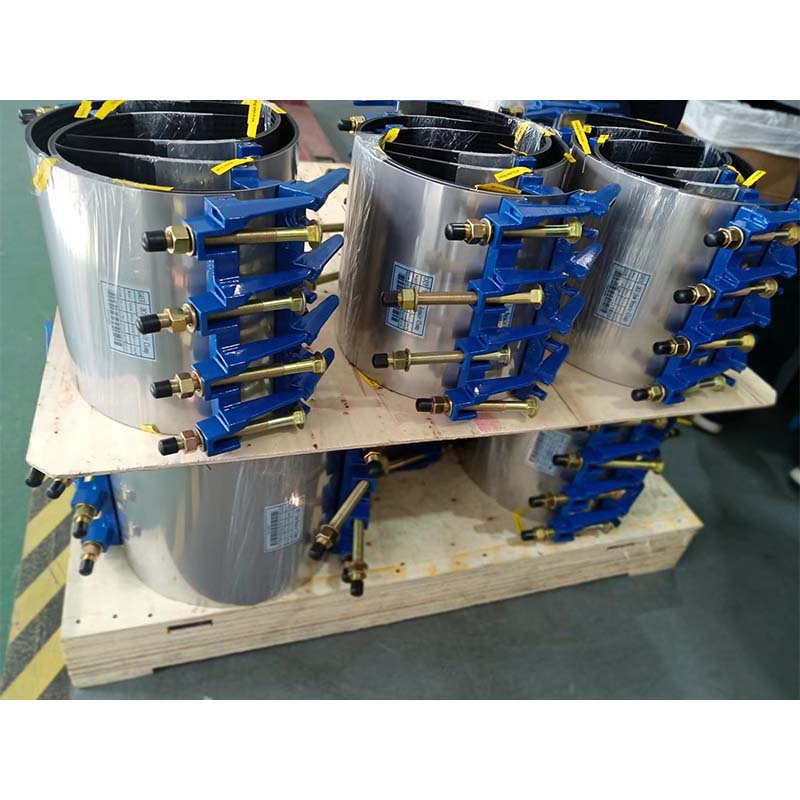iron butterfly valve
Understanding Iron Butterfly Valves An Overview
Iron butterfly valves are essential components widely used in various industrial applications to control the flow of fluids. Characterized by their unique disc shape that resembles a butterfly, these valves facilitate efficient regulation of fluid flow in pipelines, making them a preferred choice in many sectors, including water treatment, oil and gas, and chemical processing.
The fundamental design of an iron butterfly valve comprises two main parts the valve body and the disc. The valve body is typically made from cast iron, providing durability and strength to withstand high pressures and temperatures. The disc, which is mounted on a shaft, rotates 90 degrees to either open or close the flow path. When the valve is in the open position, the disc aligns with the flow direction, allowing for unobstructed fluid passage. Conversely, when closed, the disc sits perpendicular to the flow, effectively blocking it.
One of the key advantages of iron butterfly valves is their compact design, which saves space in installations compared to other valve types. Their lightweight construction also eases transportation and installation processes. Furthermore, these valves offer minimal pressure drop when fully open, enhancing system efficiency.
iron butterfly valve

Iron butterfly valves come in various configurations, including resilient-seated and metal-seated options. Resilient-seated butterfly valves feature a rubber or elastomeric lining that provides a tight seal, reducing the chances of leakage and enhancing performance in applications involving clean water or other non-aggressive fluids. Metal-seated variants, on the other hand, are designed to handle harsher conditions, including high temperatures and aggressive chemicals, making them suitable for more demanding environments.
Maintenance of butterfly valves is relatively straightforward. Regular inspections to check for wear on the disc and seals, along with lubrication of moving parts, can extend the life of these valves and ensure reliable operation. During installation, proper alignment and adequate support should be emphasized to prevent undue stress on the valve components.
In conclusion, iron butterfly valves are vital in managing fluid flows within various systems due to their durability, efficiency, and space-saving design. Their flexibility and adaptability to different environments make them an ideal choice for many industrial applications. As industries continue to seek reliable solutions for fluid control, the importance of understanding and utilizing iron butterfly valves remains paramount.
-
The Smarter Choice for Pedestrian AreasNewsJun.30,2025
-
The Gold Standard in Round Drain CoversNewsJun.30,2025
-
The Gold Standard in Manhole Cover SystemsNewsJun.30,2025
-
Superior Drainage Solutions with Premium Gully GratesNewsJun.30,2025
-
Superior Drainage Solutions for Global InfrastructureNewsJun.30,2025
-
Square Manhole Solutions for Modern InfrastructureNewsJun.30,2025
-
Premium Manhole Covers for Modern InfrastructureNewsJun.30,2025
